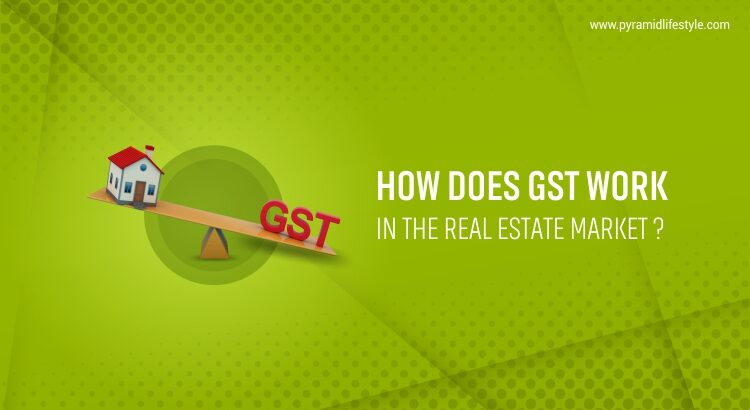We are all well-versed with the term GST. But, what does it actually mean? It stands for Goods and Sales Tax and it was implemented in India on 1st July, 2017. GST can be considered the most ambitious and memorable tax reform in India’s post-Independence history. It is an indirect form of tax and its objective is to levy one national uniform tax across India on all goods and services. GST has replaced a variety of Central and State taxes, made India more of a national integrated market and brought more producers into the tax net. By improving efficiency, it can add substantially to growth also as government finances. Implementing a replacement tax, encompassing both goods and services, by the Centre and therefore the States during a large and sophisticated federal system are probably unprecedented in modern global tax history’s maybe a tax on goods and services with a comprehensive and continuous chain of set-off benefits up to the retailer level. It’s essentially a tax only on value addition at each stage, and a supplier at each stage is permitted to set off, through a decrease mechanism, the GST paid on the acquisition of products and services. GST taxes only the ultimate consumer. Hence the cascading of taxes (tax-on-tax) is avoided and production costs are hampering. Before the introduction of GST, the tax system of India suffered from various limitations.
How did GST Change the Game in India?
The implementation of GST in India was like the follow-up punch by the boxer that is our government and one first punch was but of course the demonetization. The second punch usually leaves the opponent dizzy just as many businesses were feeling I’m sure due to the lack of understanding of the law that is GST. Even after the implementation of the law, it took months for chartered accountants all over India to understand it to their best extent. Confusions arose because GST was levied in place of other indirect taxes like VAT and services taxes and it seemed like a large amount being paid all at once and with different rates for all different goods and services caused a lot of chaos as we were still recovering from demonetization. GST brings transparency within the functioning of the real-estate sector; the general increase in price for latest residential properties might be less than that of the latest commercial properties.
It lessens the value of shopping for houses for buyers. With the uniform rate, developers will have input credits on GST purchased services and goods purchased by them which can reduce the value for them and may be passed on to the buyers. The GST regime has replaced an accumulation of taxes and therefore the builders now need to pay a better amount within the 4-tier taxation but would get input credits eventually. Now, the burden of the upper taxes is going to be omitted to the house buyers. The home buyers will find themselves paying GST aside from those that are linked under the CLSS scheme.
Pros and Cons of GST
Pros:
- GST has helped to simplify the tax structure of our country
- It has improved the production and growth of retail industries due to reduction of taxes
- GST has helped small and medium enterprises by registration under the composition scheme that allows them to pay taxes according to their total income
- It has helped significantly in the increment of exports and the customs duty on exported goods have been reduced by the GST
- It has increased Pan India operations as single taxation were implemented, reducing the overall overhead cost
- It has a higher threshold for registration
- The implementation of GST has improved the GDP of our country
Cons:
- GST is a totally IT-driven law. While the idea is novel, the flip side is that all states in India aren’t equipped with the necessary infrastructure to implement this system to its full extent.
- Companies that operate their businesses in multiple states need to register altogether those states. This adds an additional level of complexity that didn’t exist earlier.
- There is a definite possibility that some items will cost more after GST implementation. Services like courier services, healthcare and DTH services can be considered a few of them.
- GST has earned the nickname “Disability Tax,” because it has put items like wheelchairs, hearing aids, Braille papers, etc. under the tax net
- The GST net has excluded petrol and petroleum products so far. This doesn’t gel with the thought of “tax unification,” which is that the drive behind GST. Every state implements its own respective taxes on these products. These industries, or those associated with them, won’t be ready to claim the Input decrease.
- The tax officers and other related officials need extensive and exhaustive training to implement and monitor the new rules in an efficient manner.
At Pyramid Lifestyle, we like to spread awareness of every aspect of what our customers, our investors and stakeholders alike, pay to us. In this context where we’re talking about GST – it is an important element when it comes to customers while buying a home. Pyramid Lifestyle has a plethora of projects located in the prime destinations of Pune. Visit www.pyramidlifestyle.com to know more about them.


